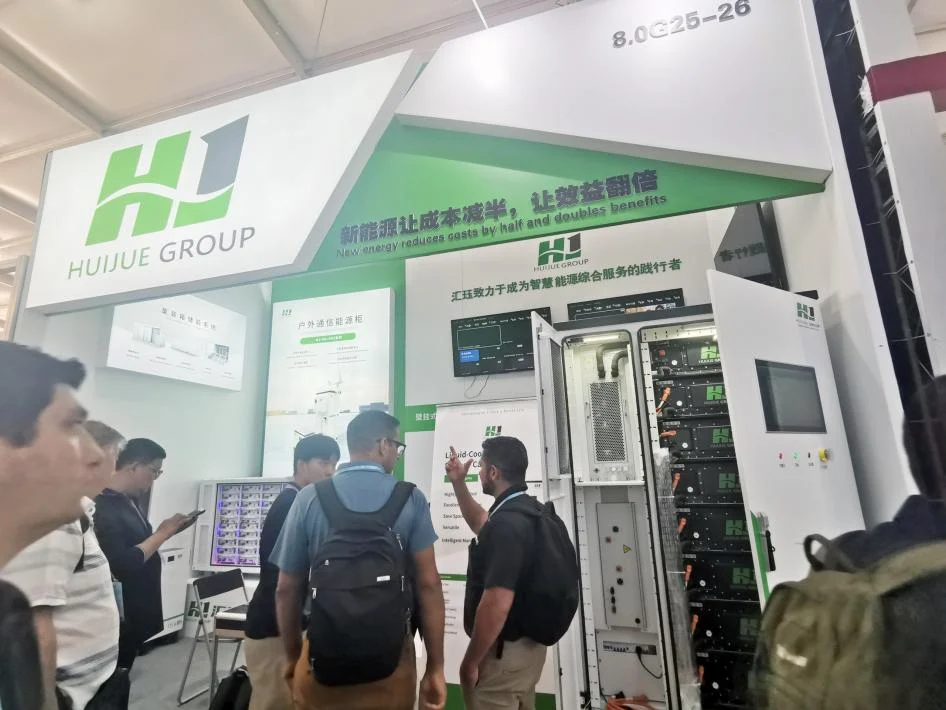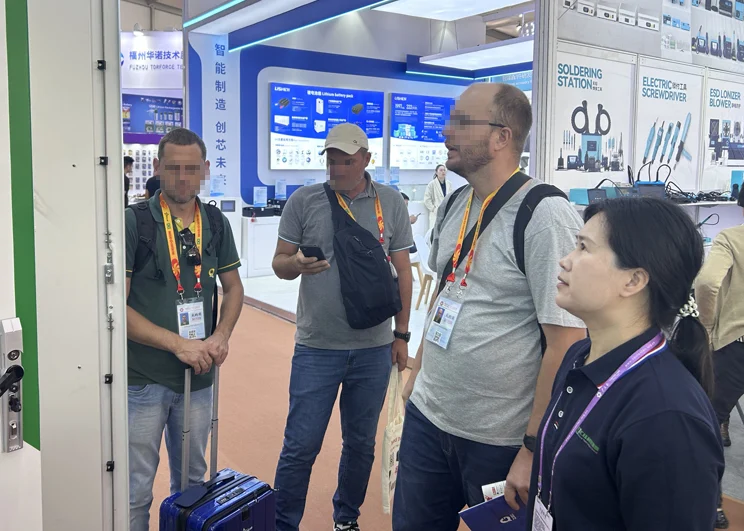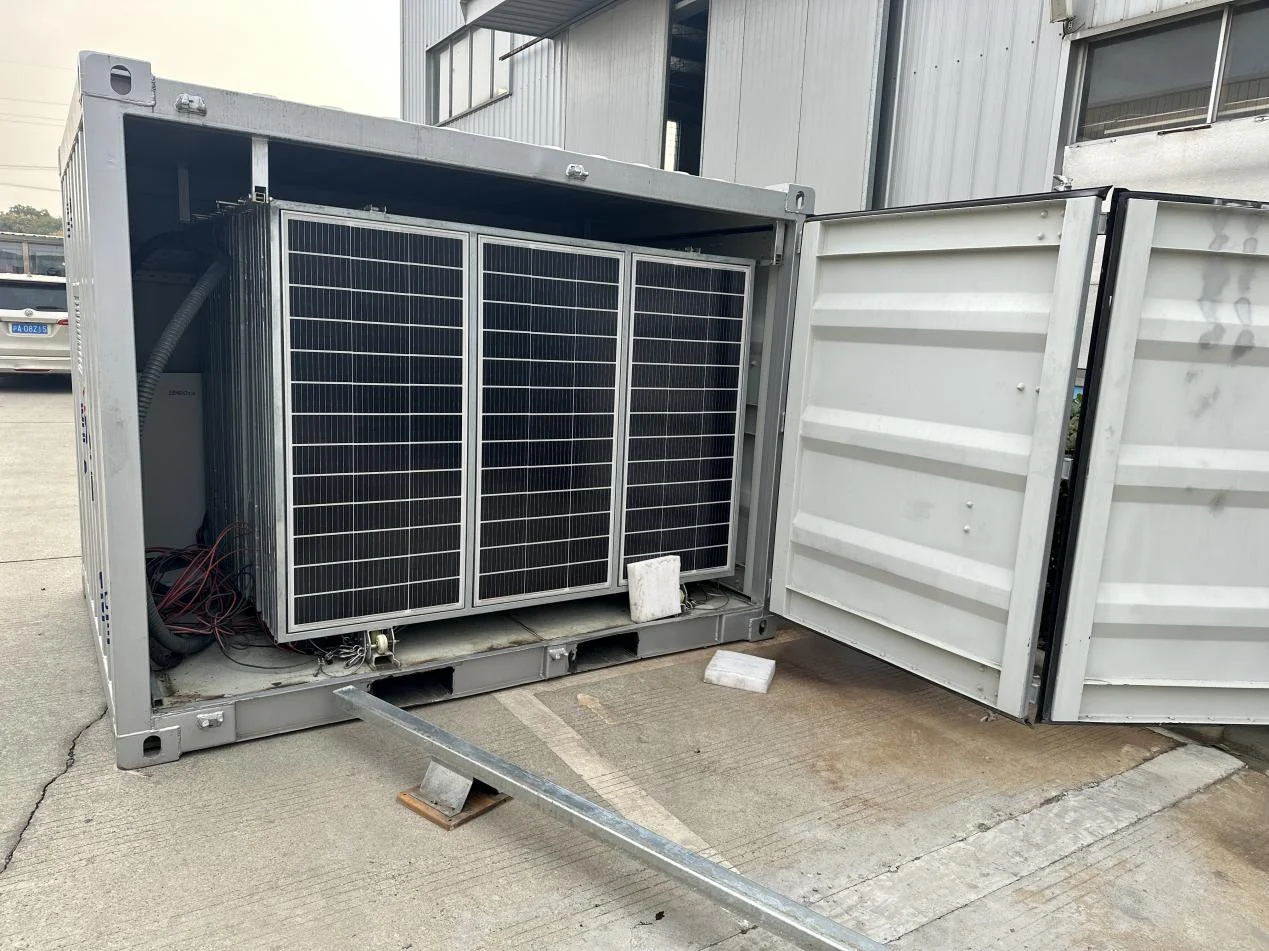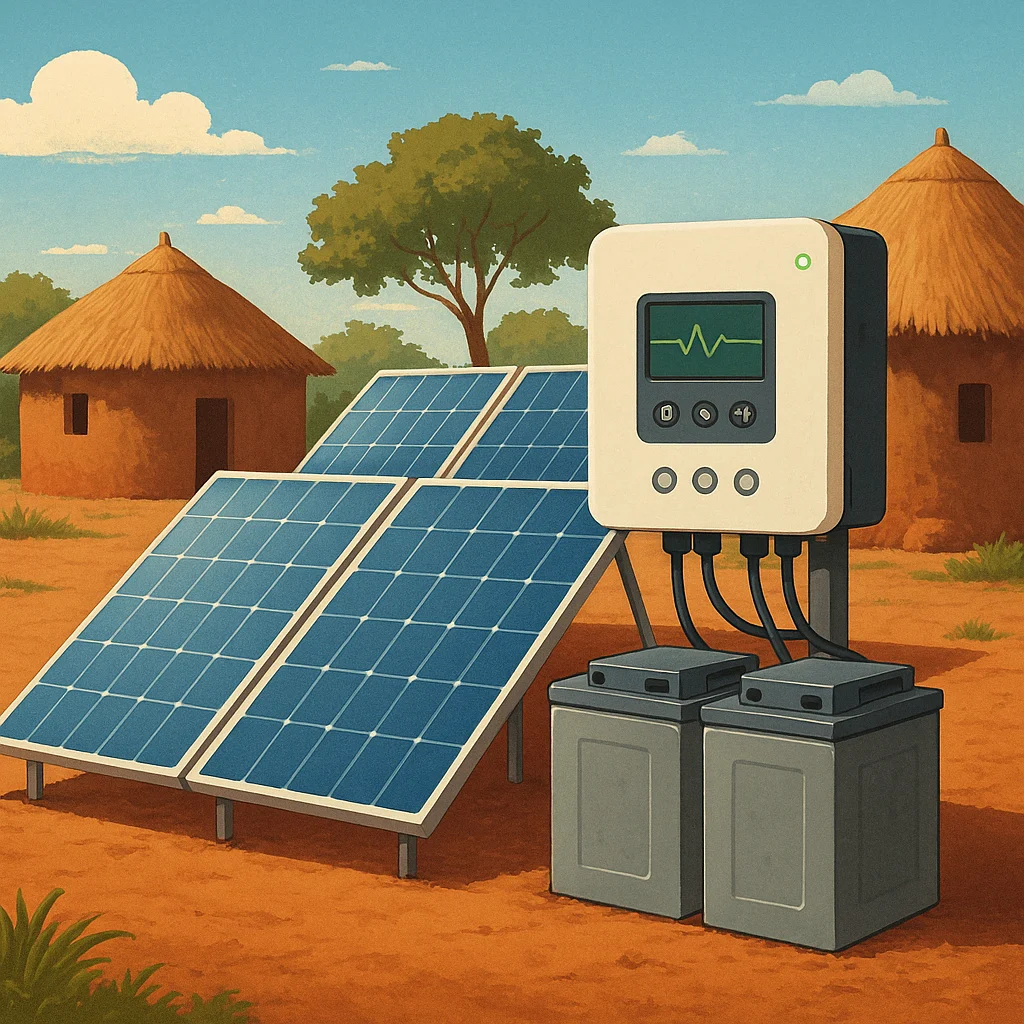2025-03-13
As the "energy heart" of the new energy industry chain, the selection of lithium - ion battery cabinets directly affects the operational efficiency and investment return of enterprises. Facing the uneven product quality and service level in the market, how to penetrate marketing jargon and lock in truly high - value products? This article combines the forefront practices in the industry and the core demands of users to extract six procurement rules to help you make accurate decisions.

Core Logic: Owned factory ≠ Strong factory. It is necessary to verify through the "production capacity - process - quality control" trinity.
Production Capacity Perspective
Factories with a monthly production capacity of less than 500 units often face fluctuations in quality control. It is recommended to choose large - scale enterprises with a monthly production capacity of ≥ 2000 units. Such manufacturers usually have fully automatic laser cutting lines (accuracy ± 0.05mm) and modular assembly workshops to ensure that the cabinet sealing meets the IP65 standard.
Process Observation
When conducting on - site inspections, pay attention to the following:
Welding Process
Military - grade laser seamless welding VS ordinary spot welding (the latter is easy to crack in a vibration environment)
Surface Treatment
Automotive - grade electrophoretic primer + powder coating process, with a salt spray test of ≥ 1000 hours.
Quality Control System
Request to view:
Aging test report (it is recommended to have ≥ 200 charge and discharge cycle tests)
Fire test certificate (the ceramic separator needs to withstand 1200°C/30 minutes)
Innovative Trends: New generation of material combinations to solve problems in outdoor scenarios.
Dynamic Anti - corrosion System
Using aluminum - magnesium - zinc plated steel plates (the corrosion resistance is 3 times that of ordinary galvanized plates) + nano self - healing coating to achieve five - year maintenance - free.
Intelligent Temperature Control Structure
Phase change energy storage materials (PCM) are embedded in the cabinet interlayer and matched with micro - channel liquid cooling plates to make the internal temperature difference ≤ 2°C.
Anti - seismic Design
Three - dimensional shock - absorbing brackets + honeycomb aluminum filling layer, passing the GB/T2423.10 vibration test standard.
Inspection Skills
Use a gaussmeter to detect the magnetic permeability of steel (high - quality cold - rolled steel ≤ 80μH/m) to avoid inferior recycled steel.
System Capability Matrix:
Function Level
Case: A leading logistics enterprise reduced the fault response time from 48 hours to 1.5 hours and reduced the operation and maintenance cost by 62% through the intelligent system.
Structural Protection
16Mn steel frame + honeycomb explosion - proof layer, with an impact resistance of IK10 level.
Thermal Management
Three - level temperature control strategy: PTC heating (- 30°C start) + liquid cooling circulation (> 40°C trigger) + aerogel insulation.
Electrical Safety
Ceramic arc extinguishing contactor with a breaking capacity of 10kA.
Chemical Protection
VCI vapor phase rust prevention technology + PP anti - leakage tray (capacity ≥ 8L).
Emergency Mechanism
Multi - module isolation design, and the failure of a single module does not affect the overall operation.
Comparison of New Service Models:
It is recommended to clearly state in the contract: The warranty period of key components is ≥ 8 years (including the BMS system). Software system life - cycle iteration commitment. Spare parts 4 - hour service coverage radius.
Innovative Practice Directions:
Extremely cold scenarios
Integrated diesel heating cabin with a start success rate of ≥ 99% in - 40°C environment.
High humidity environment
Double - circulation dehumidification system (dew point temperature ≤ - 20°C).
Mobile scenarios
Foldable design + electromagnetic locking device to adapt to the vehicle vibration environment. Value - added Services: Carbon footprint tracking report (meeting ISO14064 standard). Peak - valley electricity price optimization algorithm built - in. Asset securitization data packet output. Industry Insights: In 2025, lithium - ion battery cabinets will enter the "software - defined hardware" era. Procurement decisions need to shift from "equipment unit price" to "life - cycle value". Choosing suppliers who can provide digital twin systems, participate in electricity spot trading, and open hardware architectures will master the strategic initiative in the future energy transformation. (This article synthesizes data from industry whitepapers and field research results, and some cases have been desensitized.)

Solar and Energy Storage Cooperation Potential in Kenya: Future Green Technologies Redesign for Kenya in Renewables

Huijue Group attracted attention on the first day of the Canton Fair – folding photovoltaic containers became the focus

The third day of the Shanghai Huijue Canton Fair kept on getting increasingly hot

The Best Portable Power Stations for Field Application

How Smart Inverters Are Transforming Ghana’s Solar Power Sector